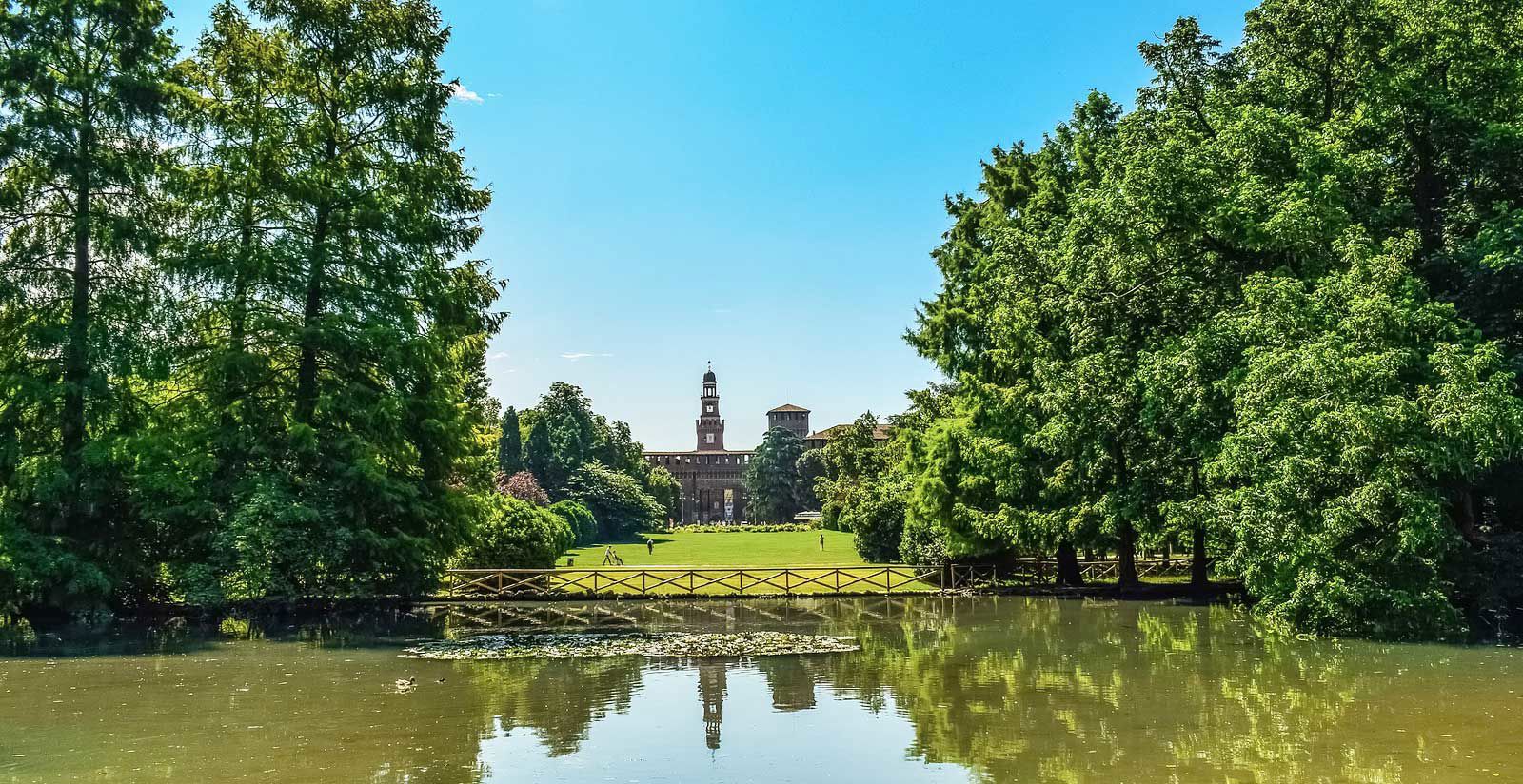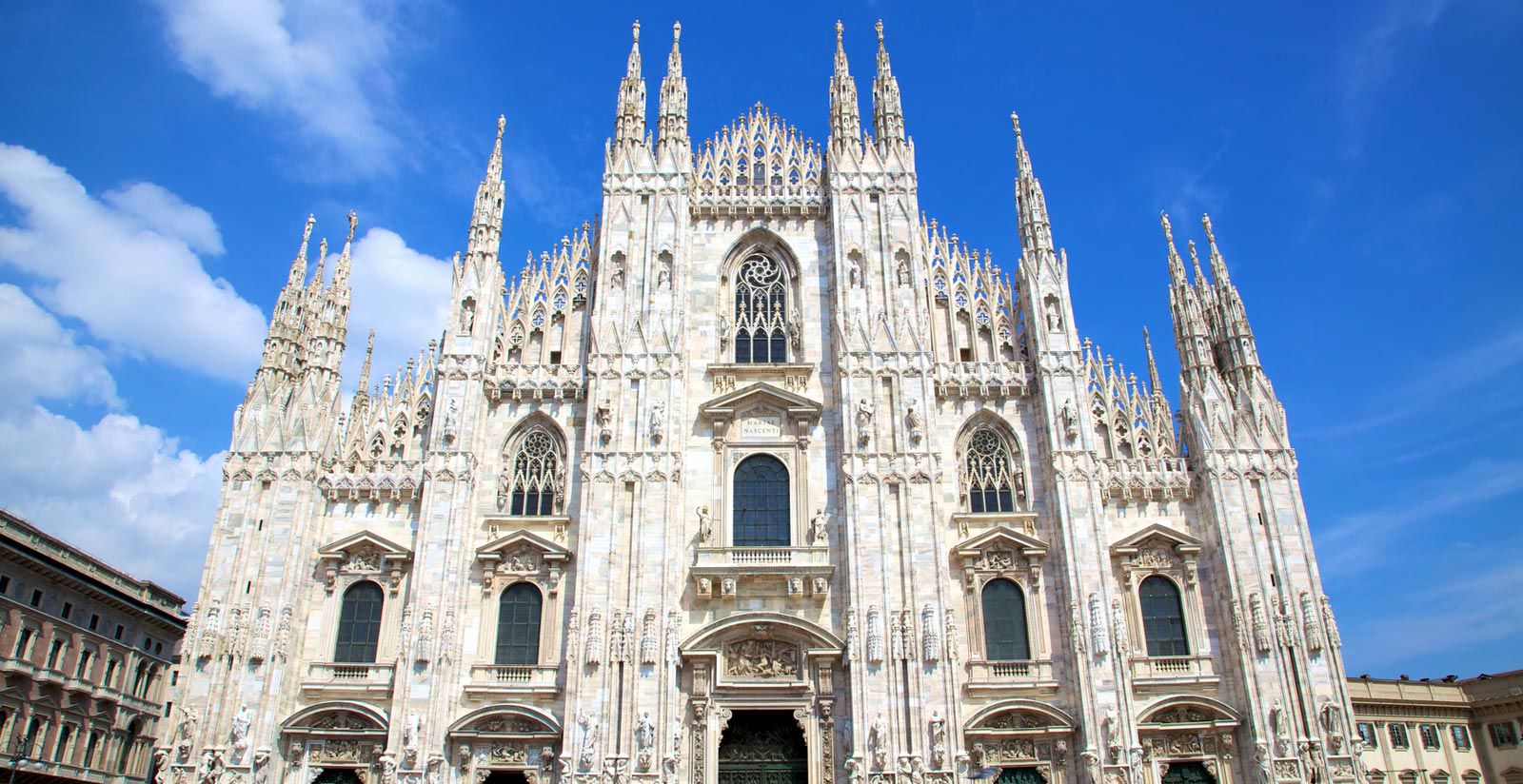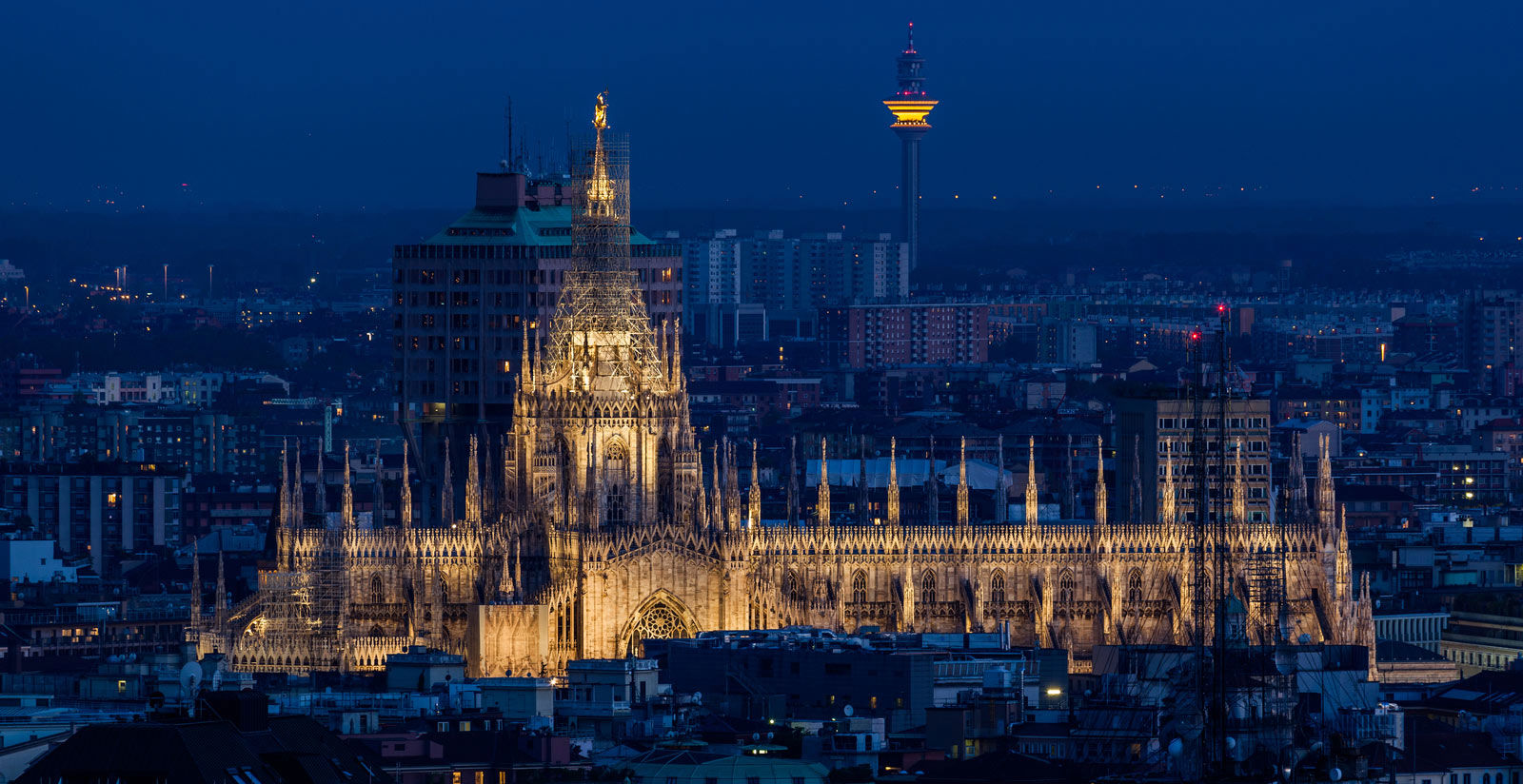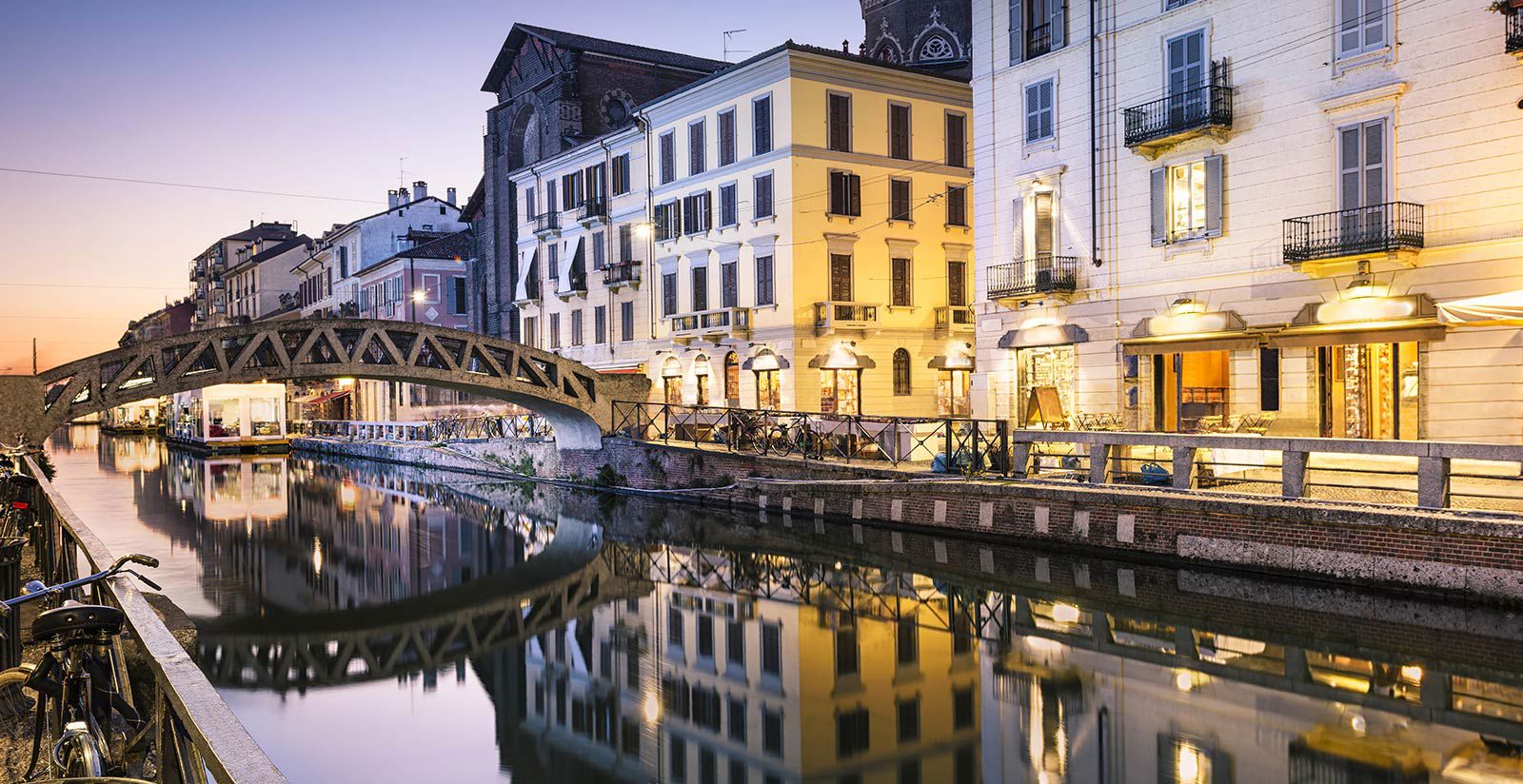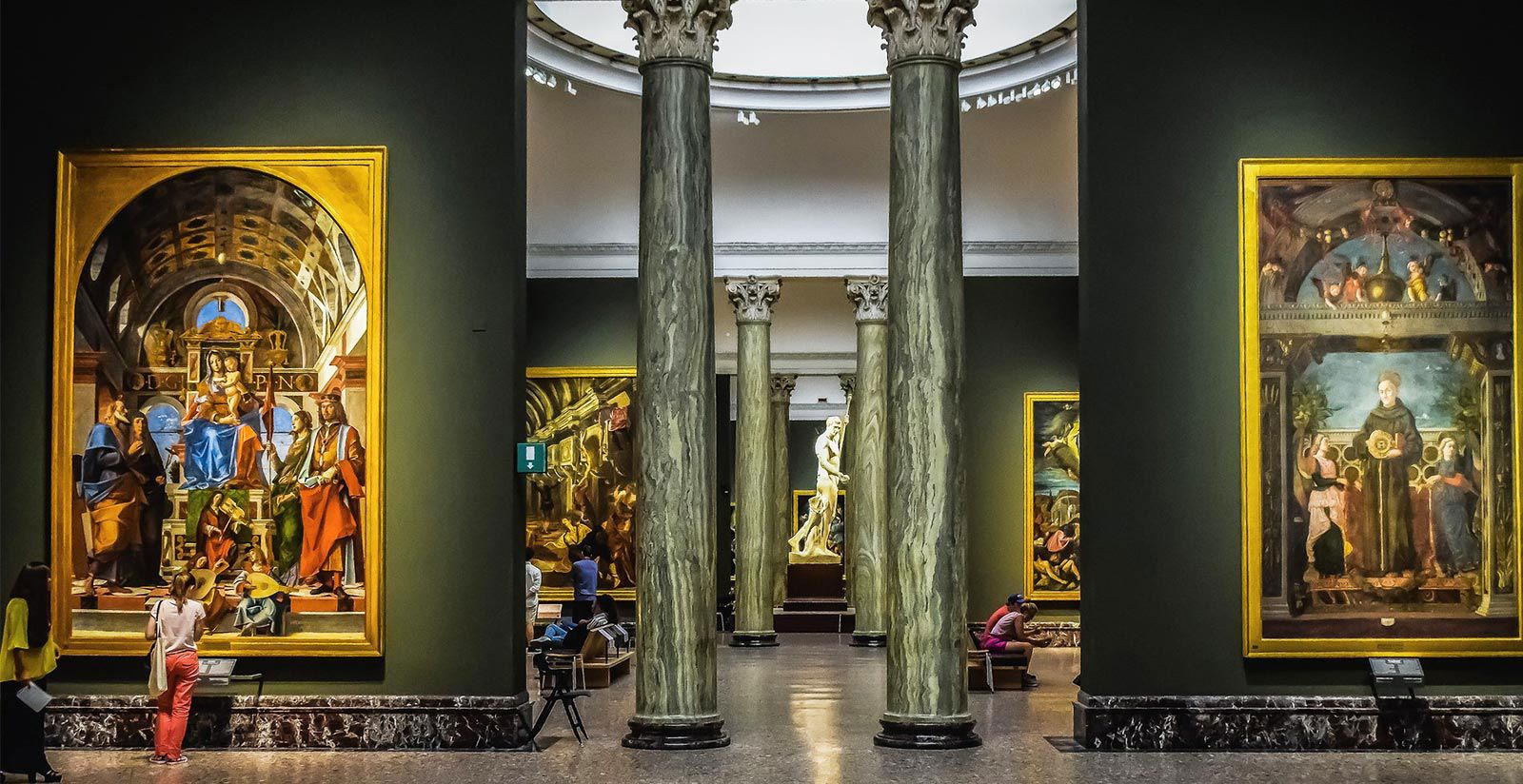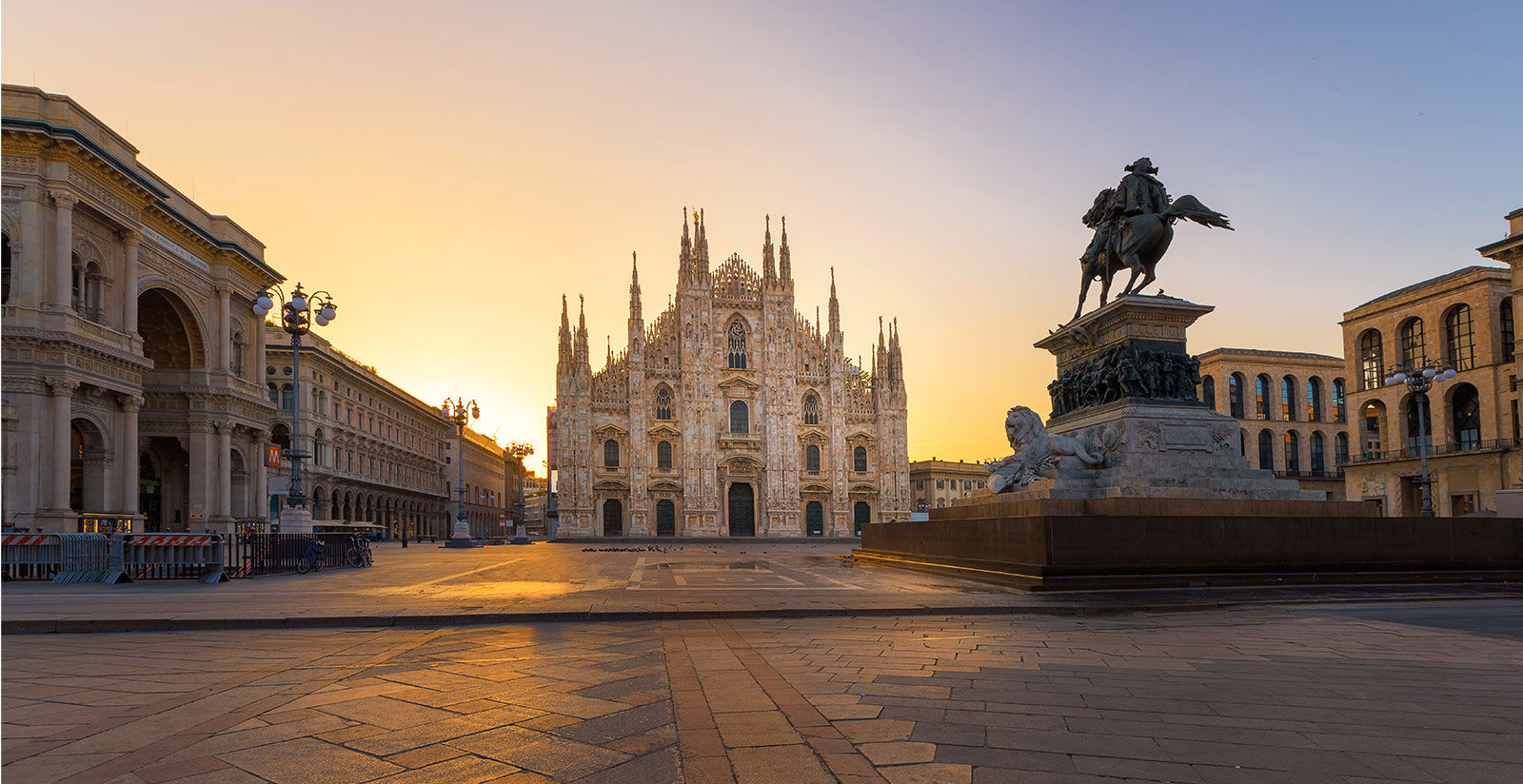Milan
The City
Milan, the capital of Lombardy, has a population of 1.3 million people. It is the biggest industrial city of Italy with many different industrial sectors. It is a magnetic point for designers, artists, photographers and models. Milan has an ancient city centre with high and interesting buildings and palazzos, that is why so many people from all over the world want to see the city of glamour.
Climate
Italy's climate is predominantly Mediterranean: Alpine in the far north; hot and dry in the south. Winter in Milan is relatively mild but foggy, with temperatures ranging from zero to 8 degrees Celsius. Summer can be very humid with brief thunderstorms; temperatures range from 14 to 29 degrees. From March through April temperatures range from 6 to 18 degrees. From October through November they range from 6 to 17 degrees.
History
Milan’s origin goes back to 400 B.C., when Gauls settled and defeated the Etruscans. In 222 B.C. the city was conquered by Romans and was annexed to the Roman Empire. After 313 A.D., the year of the Edict of Tolerance towards Christianity, many churches were built and the first bishop was appointed: Ambrogio was such an influential person that the church became the Ambrosian Church (7 December is a holiday to honour Sant’Ambrogio). In 1300 the Visconti family which are noblemen from Bergamo, Cremona, Piacenza, Brescia and Parma ruled and brought a period of glory and wealth to the city. The Duomo was built in 1386 and became the symbol of Milan. The Sforza family assumed the Castle and the power of the Visconti family and finally Milan got peace after many years of war against Venice and Florence. Under the Sforza duchy the city began the development of sciences, art and literature. Ludovico il Moro (Ludovico Sforza) called Leonardo da Vinci and “il Bramante” to his court. For further information see history.
Art & Culture
Milan has been a rich and important city all the time, it always was a place for famous artists of the various eras and offered a particular assortment of churches, buildings and monuments. There has been a change of culture and art in the Renaissance with big a contribution in the period of the neoclassicism. Milan offers a big variety of buildings, monuments and museums. Most important church is the Cathedral which is the third largest church in the world. It is overall made of marble, with immense statues, arches, pillars, pinnacles. From the roof you can get a beautiful overview of the city. Santa Maria delle Grazie was built between 1466 and 1490 and modified by Bramante. In the Refectory there is one of the most famous paintings of Leonardo da Vinci: the “Last Supper”. Milan has many historic palazzos like the Palazzo Reale (Royal Palace) which is situated in the south side of Piazza Duomo. The Sforza Castle is one of the symbols of Milan together with the Madonnina and the Galleria Vittorio Emanuele II. All those sights together are just few reasons for a visit. See art and culture section.
